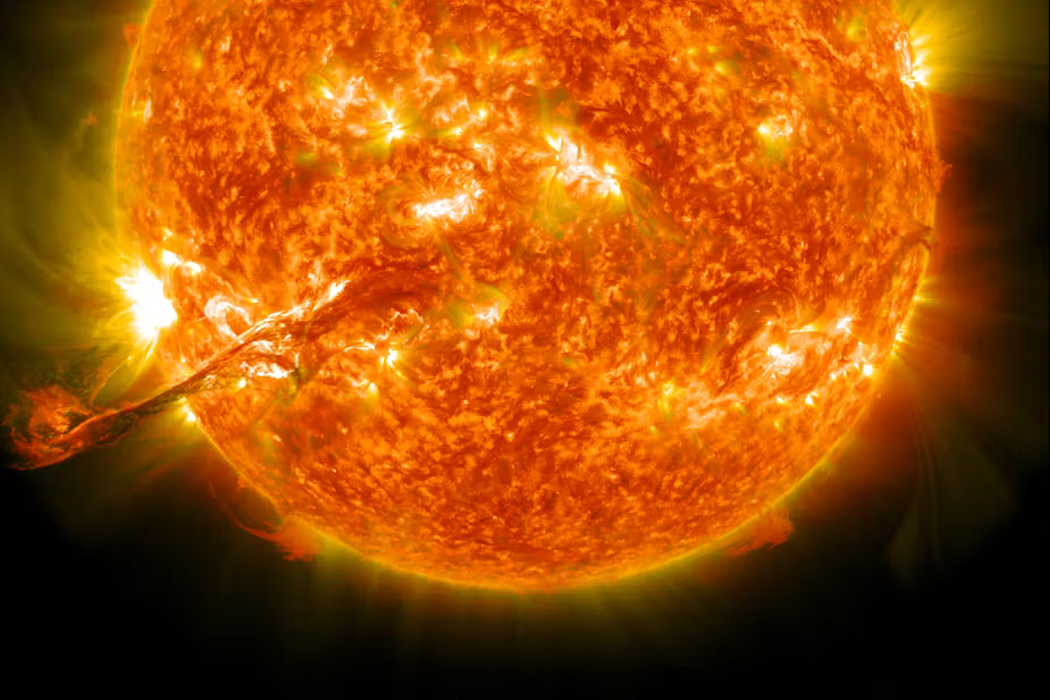


Space weather causes beautiful light shows near the North and South Poles on Earth.
AP Photo/Rene Rossignaud, File
Space weather is just like the weather on Earth, generated by its atmosphere. It is important for scientists to understand and predict this space weather, as it can lead to power blackouts, interrupt communication and even cause satellites to prematurely fall down to Earth.
Besides these dangers though, space weather can create beautiful light shows in the sky called Northern Lights, or aurora borealis, and Southern Lights, or aurora australis. You can observe these if you’re near the North or South Poles. If you ever get a chance to see them, remember what you’re seeing is space weather, the result of eruptions and solar wind from the Sun.
Hello, curious kids! Do you have a question you’d like an expert to answer? Ask an adult to send your question to CuriousKidsUS@theconversation.com. Please tell us your name, age and the city where you live.
And since curiosity has no age limit – adults, let us know what you’re wondering, too. We won’t be able to answer every question, but we will do our best.
Authors: Yeimy J. Rivera, Researcher in Astrophysics, Smithsonian Institution
Read more






